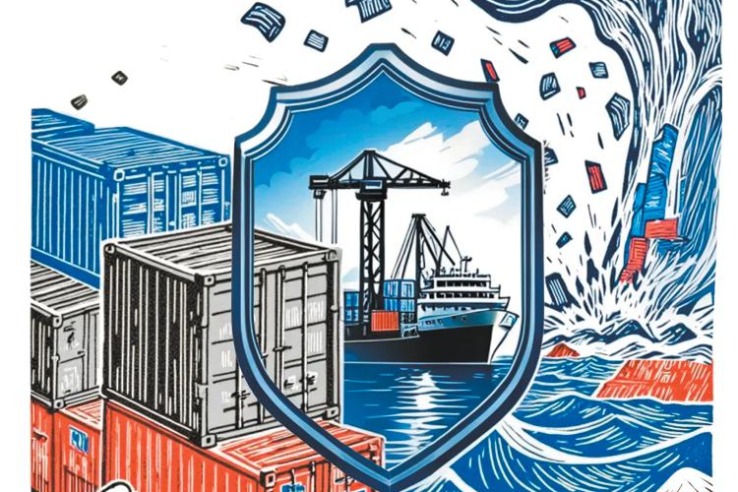India begins bumpy ride on Japanese train

More important to improve existing network
 |
| Zhao Jian, a professor of rail transportation at Beijing Jiaotong University [Photo/China Daily] |
Not quite so. The high-speed rail project was conceived over a decade ago, but picked up speed only three years ago, because the project was considered too expensive for India even if the top speed was limited to 250 km an hour. Hailing the project "as good as free of cost", Modi did not shy away from saying that it was only made possible with Japan's soft loan, which accounts for nearly 85 percent of the total cost with repayment spread over 50 years.
Despite Tokyo's generous offer, New Delhi cannot afford to import Shinkansen trains from Japan or keep the fare at the current level. India is right to overhaul its accident-prone colonial-era railway network and build the line along densely populated parts of the country, but the lack of experience in managing a high-speed railway and building bullet trains could hold its ambition back. Whether local commuters will be capable of paying for the more expensive ride is also questionable.
In comparison, expanding the existing rail network is a more profitable option for countries such as India. And to revamp its railways without burning subsidies to fuel the high-speed operation, New Delhi should build more train lines that allow both conventional trains and bullet trains to run at 160 km to 200 km an hour. China has the expertise and experience of running such moderate-speed, easy-to-manage trains. It is a pity that India, which often thinks China as an imaginary rival, has gone for a more costly option.


































